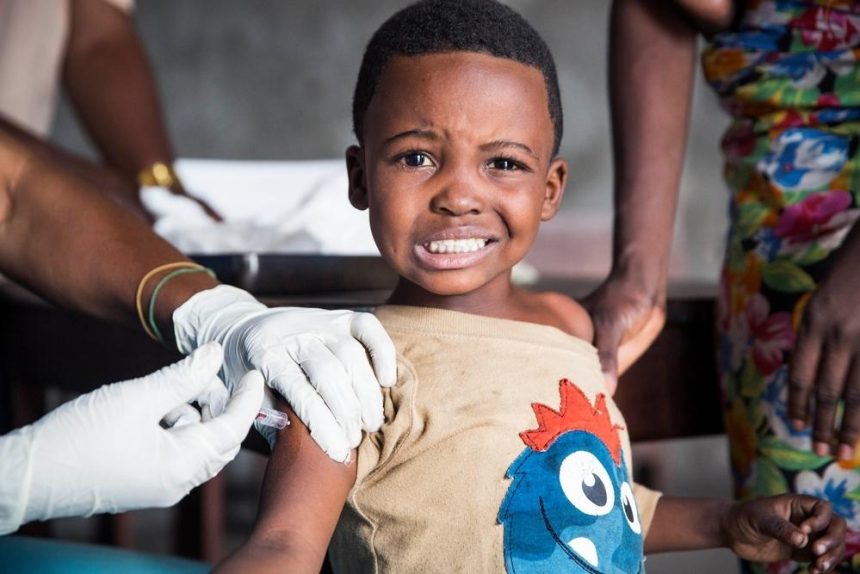Cutting-edge metagenomic sequencing techniques deployed to investigate viral causes of fever in Nigeria and have revealed that many patients presenting with high fevers had a surprising number of co-infections, including human dicistroviruses, previously only found in Peru and Tanzania.
The international team carried out metagenomic sequencing of almost 600 blood samples collected from patients presenting with Lassa Fever symptoms, including high temperatures.
In the study, published in Nature Communications, 13 distinct viruses were found, including a highly divergent, unclassified dicistrovirus that was named human blood-associated dicistrovirus 2. From a second group of samples, the researchers uncovered both yellow fever and mpox (formerly called monkeypox) outbreaks.
“The motivation behind the population-level sequencing of patients with fever was to understand what viruses are circulating in Nigeria, so that diagnostic capacity building can prioritise the most common viruses circulating in undiagnosed patients,” says Brittany Petros, a physician-scientist at the Broad Institute of MIT and Harvard.
Multiple patient samples contained hepatitis B and HIV, two relatively common infections in Nigeria. However, these patients were not known to have these viral illnesses, emphasising the need for more readily available molecular diagnostics. Many patients had diseases for which vaccines exist, including measles and yellow fever.
The extent of co-infections surprised Petros as “approximately two-thirds of individuals presenting with Lassa fever, a viral hemorrhagic fever, also had malaria, and nearly 8% of those with Lassa fever also had a secondary viral co-infection.”
But the researchers say the presence of sequencing capacity is not enough to drive meaningful public health responses, and that a collaborative effort is needed to address the complex public health problems in the region.
“Metagenomics need to be cheaper and faster, with reagents more easily accessible,” says Judith Oguzie, a veterinary and molecular biologist based at the African Centre of Excellence for Genomics of Infectious Diseases (ACEGID). She called for a tiered approach where scientists diagnose common pathogens with molecular tests and reserve metagenomics for more challenging diagnoses. “It is a key part of an integrated surveillance system, but not the only part,” she says.





